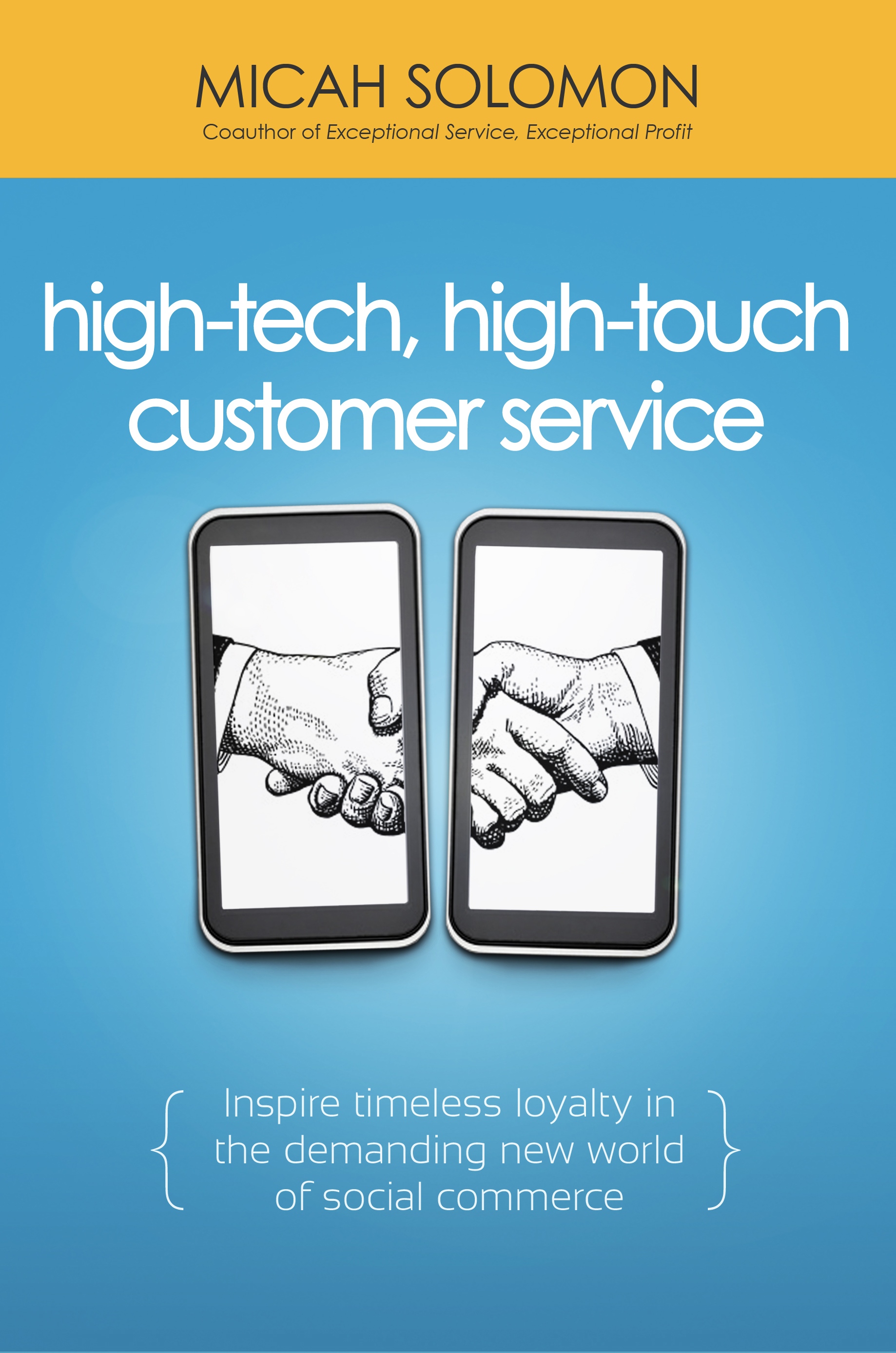I hate to break it to you, but here’s the scoop: Just about any business advantage that you pride yourself on can be copied by a competitor. The only question is when your competitors are going to get around to it.
The culture of your company is the exception to this rule. Strong company cultures are overwhelmingly knockoff-resistant. At Apple, insiders such as former Senior Vice President Jay Elliot credit much of the company’s success in retailing to the cultural fit Apple looks for and inspires in its personnel: With a team that’s totally wedded to the Apple culture, Cupertino doesn’t need to sweat the imitation Apple Stores now popping up with identical furniture and Apple gear for sale. Those knockoff stores will always lack staff who have the all-crucial Apple mindset.
Or consider Four Seasons Hotels and Resorts. Above all else, here’s the factor to which Four Seasons’ founder and chairman Isadore Sharp credits his company’s extraordinary and sustained success:
Over the years, we’ve initiated many new ideas that have been copied and are now the norm in the industry. But the one idea that our customers value the most cannot be copied: the consistent quality of our exceptional service. That service is based on a corporate culture.
Consciously building a company culture: why bother?
Building (or overhauling) a company culture isn’t for the faint of heart, and it’s not for those looking for a quick gain. But it’s a key creator and sustainer of any company whose image and livelihood depend on superior customer service. Here’s why:
The number of interactions between customers and staff is nearly infinite, the number of chances to get things wrong or right nearly innumerable. Or, if you want to try to put some numbers on it, Cornell’s Center for Hospitality Research estimates that a business such as a two-hundred-and-fifty-room hotel will have some five thousand interactions between staff and guests per day. There’s no way someone in a leadership position can dictate every single one of those five thousand interactions. Rather, a leader’s only chance to get the preponderance of these interactions right is to develop a shared cultural understanding of what needs to be done and why.
The ongoing technology and connectivity revolution amplifies the problems of not having a strong culture. The best customer service approach in social media, for example, is to have people who are steeped in your culture handle the social media, and the best email responses to customers come from staff members who understand what is and isn’t consonant within your culture. The risks of deviating from this are potentially catastrophic because of the way issues can spread on the internet like wildfire.
Employees have incredibly well-calibrated bullsh*t detectors (to repurpose Hemingway’s immortal phrase). So, cultural alignment throughout all levels of your company is the only way to avoid internal bitterness at organizational inconsistencies that look like unfairness — bitterness that ultimately can end up scalding your customers.
Finally, consider the number one complaint I hear from consulting clients at the helm of businesses? It’s “I keep hearing that employees act differently — and not for the better — when I’m out of the building.” With a great company culture, your employees will act consistently. They won’t depend on your presence to remind them how to act. Their motivation will come from within themselves, reinforced by all those around them.






